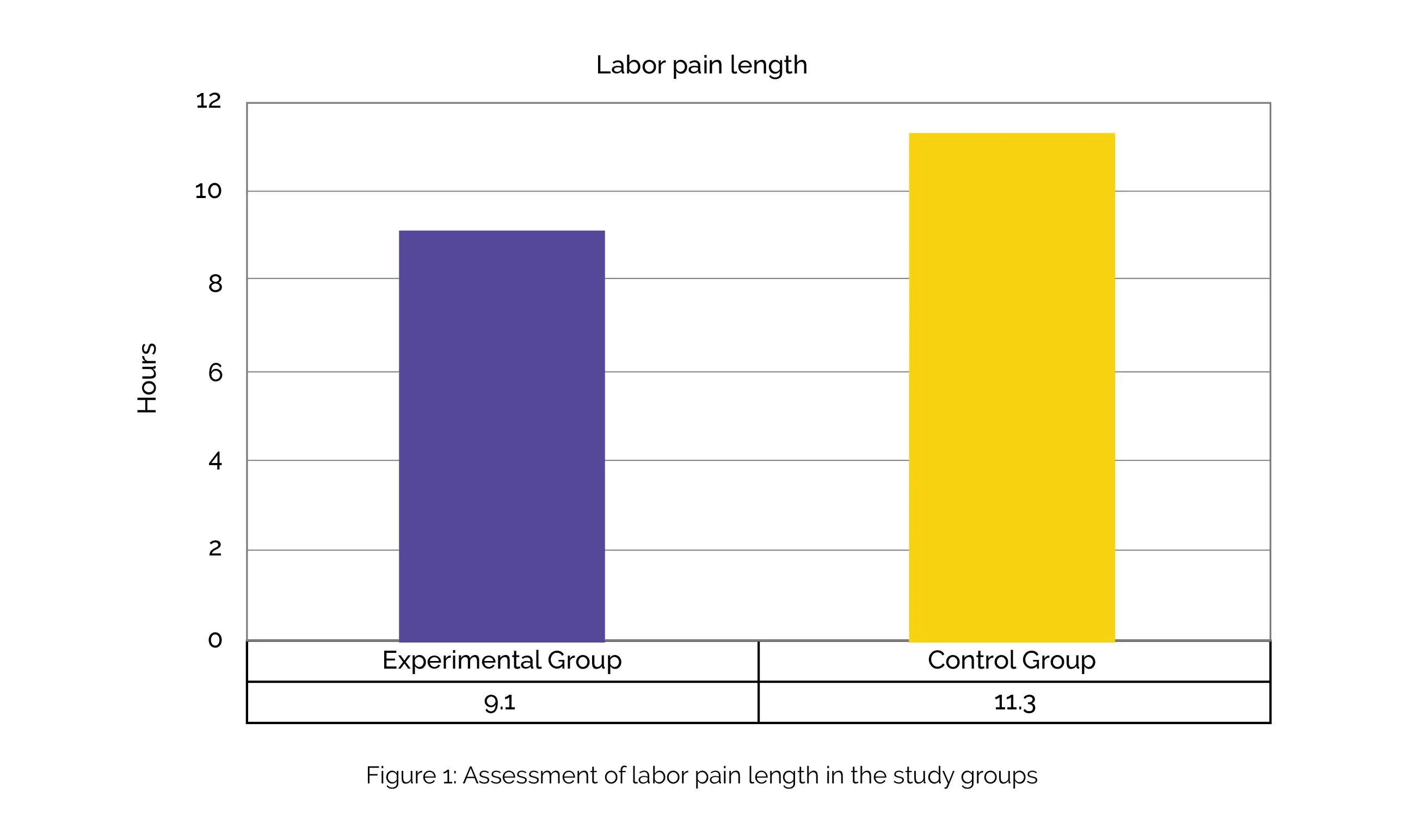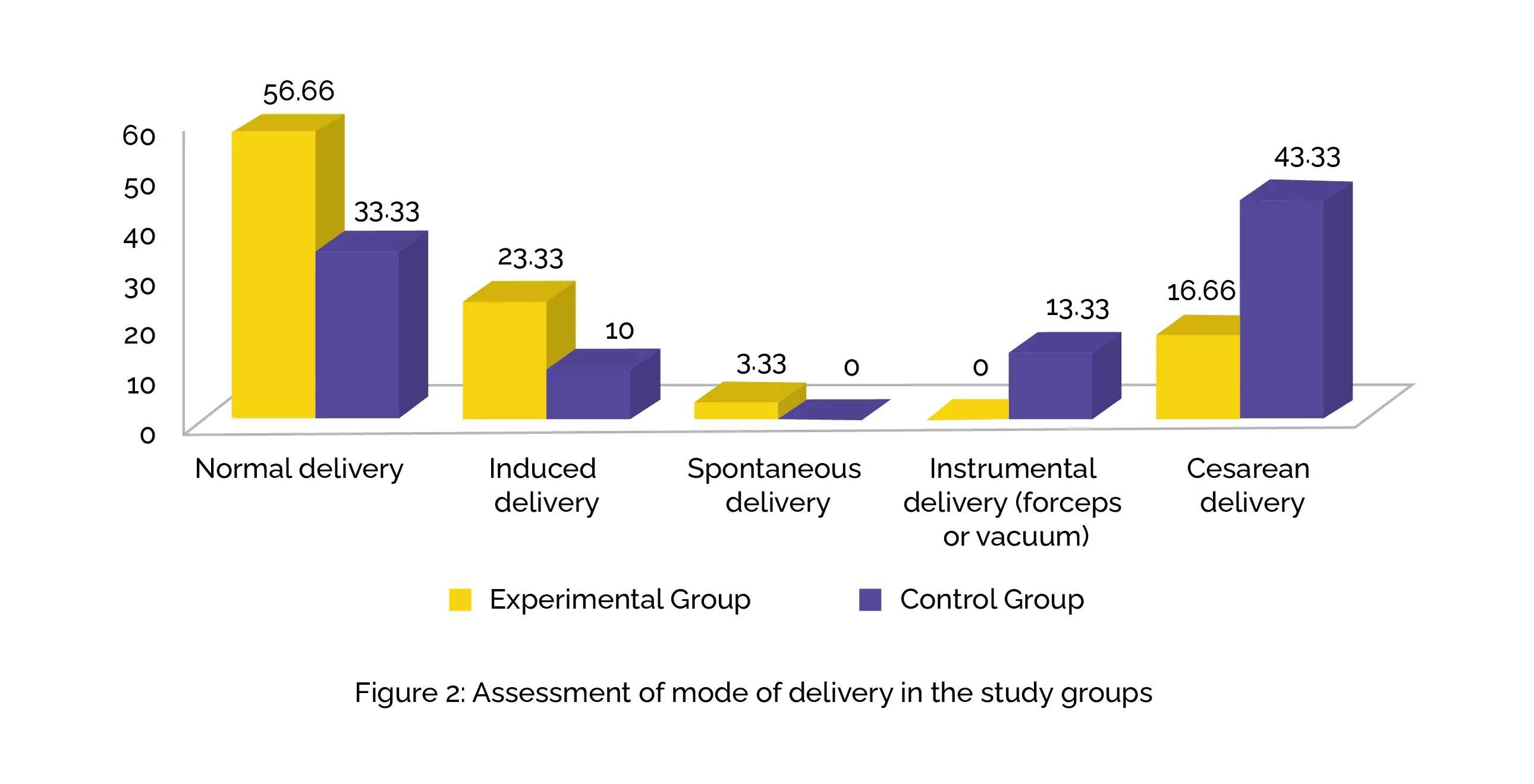Categories
Change Password!
Reset Password!


A randomized controlled trial was performed to assess the influence of antepartum or prenatal exercise on the length of labor pain and the method of delivery.
Implementing antenatal exercise into prenatal care can lead to smoother labor processes and improved maternal outcomes.
A randomized controlled trial was performed to assess the influence of antepartum or prenatal exercise on the length of labor pain and the method of delivery.
This study was conducted, involving 60 first-time pregnant women from the outpatient clinic in Jaipur, India. Volunteers were randomly divided into 2 groups with 30 women in each group:
Labor pain duration was assessed with the help of a visual analogue scale (VAS), and the mode of delivery was also recorded.
Three-times weekly antenatal exercise for 45 minutes from the 28th to the 30th week of pregnancy was found to significantly reduce the pain during labor. For the experimental group, labor pain length was 9.1 ± 1.72 while for the control group, it was 11.3 ± 1.55 hours. This difference was witnessed to be statistically significant (Figure 1).

It also lowered the likelihood of having a C-section, as shown in Figure 2:

Exercise during the prenatal phase demonstrated a positive impact on both the duration of pain during labor and the mode of delivery. Expectant mothers who took part in prenatal exercise everyday encountered shorter labor pain and a decreased risk of instrumental deliveries and C-sections. Future research is necessary to examine the long-term effects and ideal exercise procedures during pregnancy.
European Chemical Bulletin
A study to evaluate the effect of antepartum exercise on the labour pain length and mode of delivery
Usha Bai et al.
Comments (0)